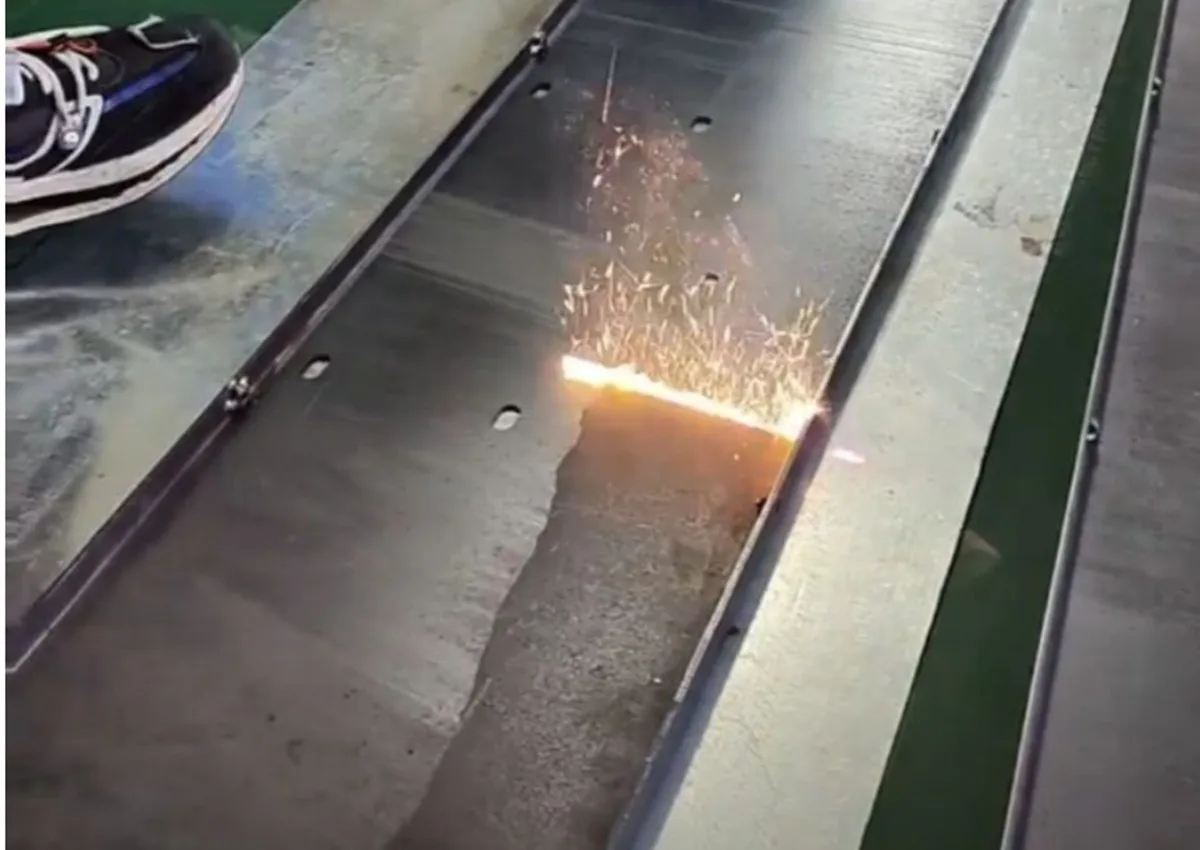
Laser lead paint removal is indeed an effective method for removing lead-based paint from surfaces, especially in situations where traditional methods such as sanding or scraping may create lead dust hazards. Lead-based paint is a significant health concern because lead exposure can lead to lead poisoning, which can be especially harmful to children and pregnant women.
Here are some key points about laser lead paint removal:
- Safety: Laser lead paint removal is considered safer than methods that create lead dust, as it minimizes the risk of lead exposure during the removal process. This is important for both the safety of the individuals conducting the work and for preventing lead contamination of the surrounding environment.
- Precision: Laser systems can precisely target and remove the lead-based paint while leaving the underlying surfaces relatively intact. This is especially valuable when working on historic or delicate surfaces.
- Environmental Impact: Laser removal generates less waste compared to some other methods, as the removed paint can be collected and contained without creating additional debris or dust.
- Regulatory Compliance: In many countries, including the United States, there are regulations and guidelines regarding lead-based paint removal, and laser removal can be a compliant method when conducted correctly.
However, it’s essential to note that laser lead paint removal is not a DIY method and should only be performed by trained professionals who are familiar with the technology and safety procedures. Additionally, the effectiveness of laser removal can vary depending on factors such as the type of lead-based paint, the condition of the surface, and the specific laser system used.
Before using laser lead paint removal, it’s advisable to consult with experts and consider local regulations and guidelines to ensure the work is done safely and effectively.
What are some other ways to remove lead paint?
There are several methods for removing lead-based paint, and the choice of method depends on factors such as the condition of the paint, the surface, and the specific requirements of the project.
Here are some common methods for lead paint removal:
- Mechanical Methods:
- Scraping: Using scrapers or putty knives to physically remove loose or peeling lead-based paint. This method can generate lead dust, so proper containment and safety measures are crucial.
- Sanding: Sanding the painted surface to remove lead paint. This method can also create lead dust and is generally discouraged due to the potential hazards.
- Chemical Stripping:
- Chemical Paint Strippers: Using chemical paint strippers that soften the paint, making it easier to scrape or peel off. It’s important to use lead-specific paint strippers when dealing with lead-based paint.
- Heat Gun Removal:
- Heat Guns: Applying heat to the paint with a heat gun to soften it and then scraping off the paint. This method can be effective, but it can also release lead fumes if the paint is heated to a high temperature, so it should be used with caution and proper ventilation.
- Encapsulation:
- Encapsulation: Instead of removing the lead-based paint, encapsulation involves covering it with a specially designed encapsulant. This method can be effective when complete removal is not feasible, but it may not be a permanent solution.
- Wet Sanding:
- Wet Sanding: Sanding the painted surface while keeping it wet to minimize the generation of lead dust. Wet sanding can be a safer alternative to dry sanding.
- Abatement:
- Professional Lead Abatement: In some cases, it may be necessary to hire professional lead abatement contractors who are trained and certified to safely remove lead-based paint. They use specialized equipment and follow strict safety protocols to ensure proper removal and disposal.
It’s important to note that lead-based paint removal should be done with care and in compliance with local regulations and guidelines. This is particularly crucial to prevent lead dust exposure, which can be harmful to health. If you’re not experienced in lead paint removal, it’s best to consult with professionals who are trained in dealing with lead-based paint hazards. Additionally, always take appropriate safety precautions, such as wearing protective gear, using containment measures, and ensuring proper ventilation when working with lead-based paint.

